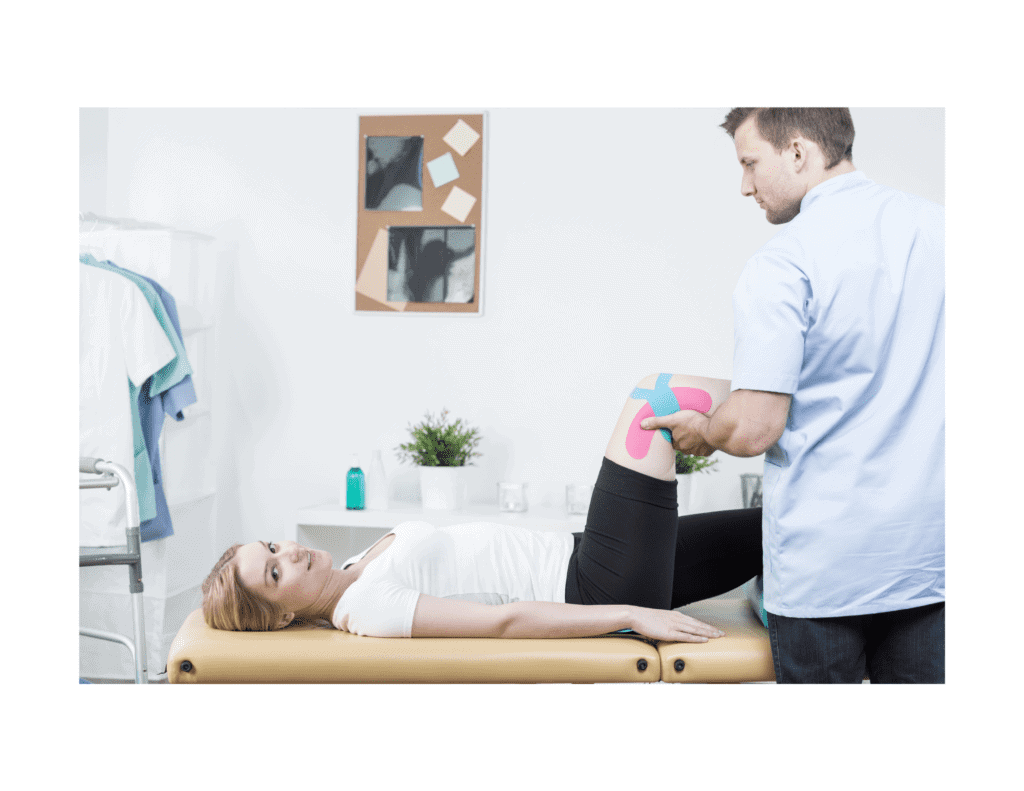1. What is PRP?
PRP is an acronym standing for Platelet Rich Plasma. The main parts to zoom in on are the functions of each component: platelets and plasma. Platelets are blood cells that are instrumental in the blood clotting process to stop bleeding. For example, if a blood vessel or tissue is damaged, platelets arrive at the injured area and clump together to form a clot that helps stop bleeding in the local area. Plasma is the golden-colored substance in your blood and accounts for over 55% of the total blood volume and has several supportive functions in the body while it flows through the circulatory system.
PRP is when the plasma is processed in a lab to remove some or all of the red and white blood cells so a high volume of platelets and the plasma remain, rich with growth factors and other regenerative enzymes.
There are two main types of PRP:
- Leukocyte-Rich PRP (LR-PRP) – this type of PRP has a large count of red and white blood cells and is red in color.
- Leukocyte-Poor PRP (LP-PRP) – this type of PRP has a low count of red and white blood cells and is amber in color.
2. How is Platelet Rich Plasma Made?
PRP is made through a multi-step process as follows:
- Blood is drawn from a patient, usually from the arm or hand, under sterile conditions. .
- The blood is then processed into the PRP that will be used in the procedure.
- Most offices use a centrifuge for this step. A centrifuge is a non-specific way to spin the blood at a rapid-enough rate so that the red and white blood cells separate and can be filtered out of the blood, leaving mostly the platelets and the plasma.
- At Regenexx at New Regeneration Orthopedics, we use an onsite, state of the art laboratory with sterile processing equipment to protect the blood throughout the entire process. Our staff also includes blood processing specialists that have been highly trained through the Regenexx network in proprietary techniques designed to customize the PRP, based on the physician’s orders. The physician will prescribe what volume of PRP is needed as well as the level of concentration of the platelets. This variation in volume and concentration of PRP is determined by the type of injury so the procedure will yield the best results.
- The PRP blood product is now ready for the Regenexx physician to reinject in the patient’s site of injury under ultrasound and/or fluoroscopic guidance.
3. How to Prepare for a Platelet Rich Plasma (PRP) procedure?
In order to have the most successful PRP procedure and outcomes, there are several steps a patient can take to compliment the PRP the physician prescribed for the particular injury.
There are some overall lifestyle alterations that can help optimize the procedure’s outcomes, like:
- Limiting alcohol consumption for six weeks before and after the procedure
- Improving your nutrient intake by eating more whole foods
- Taking the Regenexx Advanced Cell Support Formula before and after a procedure.
- Ensuring you get adequate rest and recovery and have healthy sleeping habits.
Otherwise, there are a few other more specific pre-procedure guideline important to ensure nothing interferes with the procedure’s effectiveness. The following substances need to be discontinued before and after a procedure, and your physician will advise on the intervals each should be discontinued before/after a procedure:
- Blood Thinners: Anticoagulants can interfere with your body;s natural ability to clot blood, and can lead to excessive post-procedure bleeding and bruising.
- Steroids: Oral (e.g. Medrol dose pack) or injected (e.g. corticosteroids) steroids negatively impact platelet function and can interfere with your PRP results.
- NSAIDs: Non steroidal anti-inflammatories like Advil negatively impact platelet function and other biological processes necessary for optimal PRP outcomes.
4. The Platelet Rich Plasma (PRP) Injection Process
Usually on the same day the blood is drawn and processed, the patient will return to have the PRP reinjected into the area of injury. The patient is prepared in a sterile environment and the Regenexx physician performs several highly-specific injections.
The injections are specific since the physician will use ultrasound and/or a live x-ray machine to visualize the exact placement of each injection. The PRP is intended to be placed directly into the areas of need instead of “blindly” into the joint, simply because the research shows (1) blind injections are not nearly as effective as specific injections in supporting orthopedic injuries.
Depending on the body region or regions being treated, the procedure may be less than an hour, or longer than an hour. Then, since this is an outpatient in-office procedure, the patient is able to return home immediately after the procedure.
5. What to Expect after a Platelet Rich Plasma (PRP) Procedure
The most common question/concern surrounding PRP procedures is the recovery time after a procedure. The short answer is: it depends.
The timeline a patient may expect their recovery to fall on follows two major pathways:
- Immediate recovery
- Long-term recovery
Immediate recovery from a procedure follows right along with cellular biology since the procedure is designed to support an innate inflammatory response that will support the regenerative goals in the target tissue. Therefore, the acute phase is one to three days and that is when most of our patients report the most discomfort from pain and swelling.
Then, after three days, the patients transition to the subacute phase of healing, which lasts for 6 weeks. This is the proliferative phase and when the PRP is quite definitively working as it should behind the scenes. It is also normal for patients to have intermittent discomfort during this time, but most people are nearly back to baseline pain by about a week after a procedure. During the subacute phase, patients are advised to slowly return to activities of daily living, as tolerated and to methodically increase other activities they may wish to participate in, like rehab or fitness. Our physicians also provide patients with a guide to what movements and activities are safe and accepted per phase of healing, as a guide.
At this point, patients transition to long-term recovery, which is six weeks plus, and this is called the maturation phase of healing. We tell our patients they should experience continual improvements and changes in their pain and function month after month. In fact, we ask our patients about their perceived improvement in pain and function at one, three, six and 12 months after a procedure.
Patients can work to ensure they get the most out of their procedures during the phases of healing by following their physician’s recommendations for activity modifications early on after a procedure and/or following their recommendations for supportive bracing during different phases of healing. Also, it is very common our Regenexx physicians will recommend corrective exercise physical therapy starting just a few weeks after the procedure. In fact, at each phase, the type of physical therapy rehabilitation is a critical piece in our patients’ successful outcomes.
The Takeaway
PRP is an effective procedure to treat many musculoskeletal disorders, and knowing what to expect at Regenexx before going into a PRP procedure is helpful for best clinical results. If you have any questions about PRP, or are wondering if you might be a candidate for regenerative medicine, contact us today.
References:
- https://regenexx.com/blog/blind-vs-ultrasound-guided-knee-injections/










